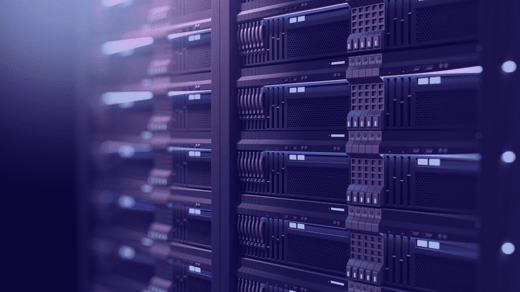It may be hard to Imagine an entire infrastructure screeching to a halt due to one simple change. However, as many noticed, that's what happened to Twitter.
On Monday, March 6, 2023, Twitter faced a massive outage affecting tens of thousands of users. Users found that numerous links and images were inaccessible, only offering a vague error message. Elon Musk tweeted later on addressing that, “a small API change caused massive ramifications.” This small configuration change seemed to have caused the need for a complete rewrite of the code.
A small API change had massive ramifications. The code stack is extremely brittle for no good reason.
— Elon Musk (@elonmusk) March 6, 2023
Will ultimately need a complete rewrite.
Things should now be working as normal. Thanks for sticking with us! https://t.co/JXTllrv0k0
— Twitter Support (@TwitterSupport) March 6, 2023
While things were back up and running in a few hours, the event may have been challenging for the company. According to The Verge, due to the increase in layoffs at Twitter, this situation is not the first and may be more common in the future.
Configuration Drift and Configuration Management
Could this outage have been prevented? To understand how this might have happened, or even how this might have been prevented we need to understand more about configuration settings and what organizations can do to ensure the security of those settings.
As pointed out previously, configuration drift means one of two things:
- Configurations settings/file for particular application(s) changed from the expected state/settings
- Configuration of a system(overall) changed from an expected state, also known as secure configuration baseline
Drift can occur every time a system is updated, patched, and with setting modifications. As systems become more complex, the risk of configuration mistakes may occur due to how configurations are managed.
Understanding changes that have occurred and will be occurring across an enterprise may be challenging without a change control or change management process. This includes defining upcoming changes to:
- IT systems
- Additional Systems that will be impacted
- Understanding the impact
- Documenting the implementation
Configuration Management Tools
In an environment where a lack of visibility and potential lack of resources exist, it can seem impossible to monitor every change within your infrastructure. It doesn’t have to be difficult when a tool with the right change control and configuration management features is in place.
Related Read: 7 Common File Integrity Monitoring Software Configuration Mistakes
When looking for a change management solution, features within the software should include:
- Proactive change controls options
- Advanced ticketing capabilities
- Complete change reporting
- Integration with SIEM solutions
Ultimately, you need to have a FIM tool that can help give you the assurance that business operations aren’t interrupted.
Implementing next-gen file integrity monitoring software like CimTrak can grant your organization complete visibility and control over all changes within your infrastructure. Features like dynamic version control, unexpected change prevention, and real-time automated detection can help you monitor activities reliably and efficiently.
For a next-gen file integrity monitoring solution that can help you protect critical IT assets and help guarantee your systems are running in their intended state, explore your instant preview of CimTrak.
Tags:

March 16, 2023




